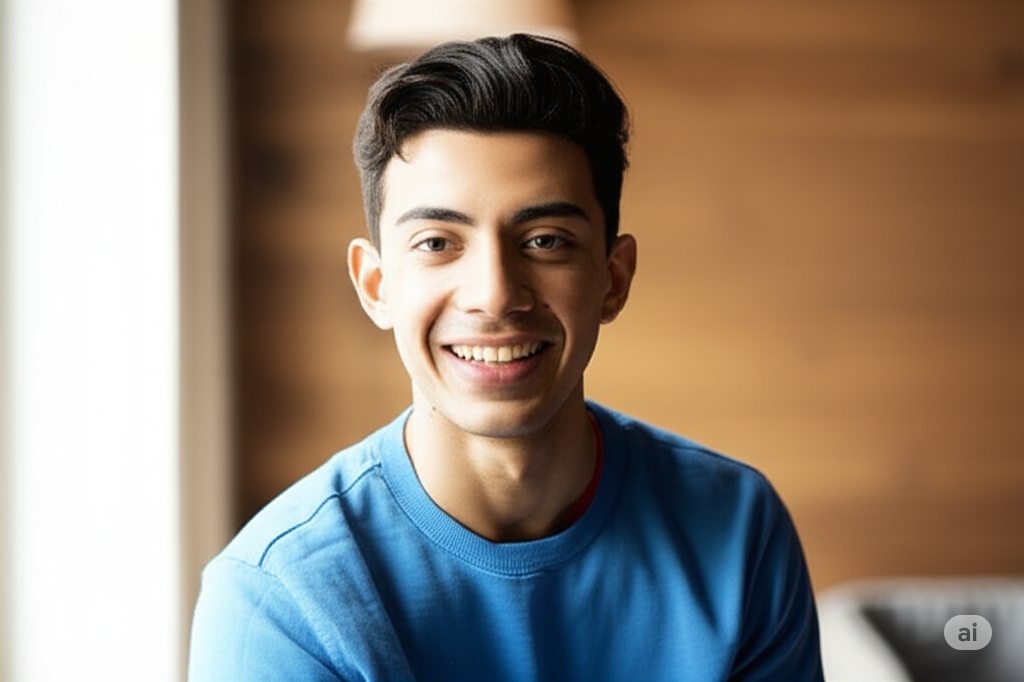In rare cases, yes. Certain bird species display empathy-like behavior and social cooperation, especially in flocks or family groups.
The Rare Compassion of Birds
Birds are often seen as solitary or instinct-driven, but that’s not the full picture. While survival in the wild demands self-preservation, certain species demonstrate surprising social behaviors—some that hint at empathy or care for injured companions.
Let’s explore when and how birds might help each other, especially during injury or distress.
When Birds Step In: Real Examples of Assistance
Cooperative Breeding: Not Just About Chicks
Some birds work together in family units. In cooperative breeding, non-breeding birds help raise young that aren’t their own. This occurs in species like:
-
Florida scrub-jays
-
African grey parrots
-
Acorn woodpeckers
In these groups, a bird may assist an injured parent or nestmate. They may bring food or guard the nest—indirectly helping a bird recover by taking over some responsibilities.
Alarm Calls and Safety Nets
In species that flock together, alarm calls are a crucial form of support. When a predator approaches, many birds let out sharp warning cries, giving others time to hide or escape. Though not direct “help” for the injured, this communal vigilance boosts survival for weaker or slower birds.
Flock behavior also makes room for:
-
Foraging together: Increasing food access for birds unable to search alone.
-
Shared roosting: Offering warmth or safety to injured members during vulnerable nights.
Grooming and Bonding: More Than Clean Feathers
Mutual grooming—also called allopreening—strengthens social ties and reduces parasites. In parrots and corvids, this behavior isn’t limited to mates. Siblings and close flockmates often groom each other.
If one bird appears unwell or weak, others may engage more in grooming. While it’s not “medical care,” this act boosts hygiene, lowers stress, and fosters emotional bonds.
Limitations: When Birds Don’t Intervene
While some bird species show signs of cooperation, many do not assist injured individuals. In fact:
-
Injured birds often isolate themselves to avoid predators.
-
Flockmates might distance themselves to prevent attracting danger.
-
Most birds prioritize self-survival and reproduction over altruism.
This isn’t cruelty. It’s a reflection of evolutionary survival strategies. Helping behavior is costly, so it’s more likely in species with strong family bonds or social structures.
Do Birds Feel Empathy?
This is debated. But several studies on parrots, corvids, and pigeons suggest birds may understand distress in others. Ravens have been observed consoling upset flockmates, and parrots may mimic distress sounds when a partner is injured.
Empathy in birds likely varies by species and intelligence. The most socially complex birds—parrots, crows, jays—exhibit the strongest signs.
Nature’s Quiet Helpers: When Birds Surprise Us
Even though it’s rare, moments of bird compassion do happen. Birdwatchers have documented crows feeding injured peers, or starlings slowing their flight to stay close to a struggling flockmate.
These aren’t myths—they’re brief but real glimpses into avian cooperation. The challenge is proving intention, since animal behavior isn’t always easy to interpret.
Key Takeaways
-
Yes, some birds help others—but it’s uncommon.
-
Family-based species are more likely to assist injured flockmates.
-
Support comes in forms like grooming, feeding, alert calls, or protection.
-
Birds like crows, parrots, and jays show the most empathy-like behaviors.
-
In most cases, wild birds prioritize survival and avoid risking their own safety.
FAQs
Do birds recognize pain in each other?
Certain intelligent birds—especially parrots and corvids—appear to notice distress in their peers. They may vocalize, hover nearby, or mimic distress calls. However, recognizing pain isn’t universal across all species.
Why don’t all birds help injured ones?
Helping another bird puts the helper at risk. In many species, survival instincts override compassion. Only socially advanced birds, or those in close family units, show consistent helping behavior.
Will a bird stay with an injured mate?
In some monogamous species, yes. Swans, pigeons, and certain parrots form long-term bonds. There are observed cases where one mate lingers near the other or stays close during injury or illness.
Can a bird recover from injury alone?
Minor injuries—like scrapes or minor wing damage—may heal if the bird finds food, shelter, and avoids predators. Severe injuries usually lead to rapid decline unless the bird receives help, such as in a rescue center.
How do flocks protect weaker birds?
Flocks reduce individual risk by sharing duties like lookout, feeding, and roosting. A sick or injured bird might stay safer inside a large group, where it’s less likely to be targeted by predators.
Final Thoughts
So, do birds help each other when injured? Sometimes—especially in socially complex species or family groups. While not common, it’s a reminder that nature isn’t just cold instinct. Even among feathers and talons, there’s room for empathy, care, and community.

Jordan Blake is a lifelong animal enthusiast and independent pet blogger behind Lazy Man Hacks. With years of hands-on experience caring for dogs, cats, and small animals, Jordan shares practical, no-fuss tips to help everyday pet owners make smarter choices. His content focuses on simple, effective hacks for pet care, health, and behavior.